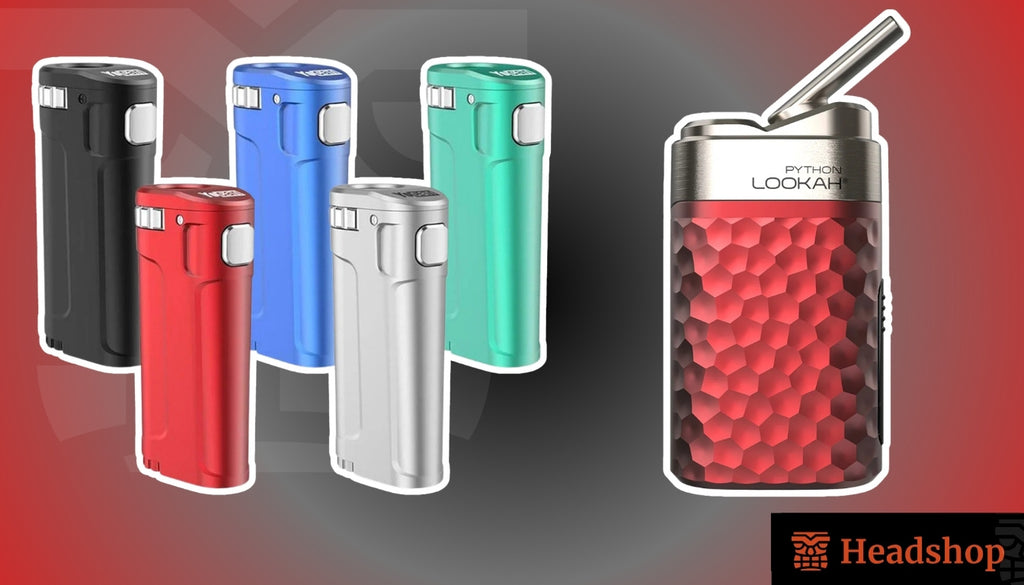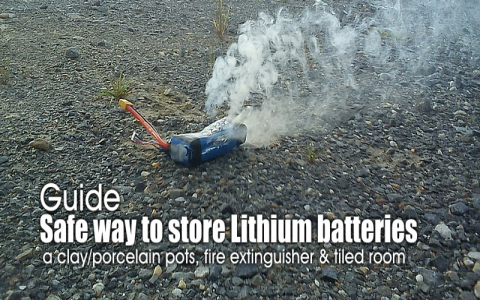An electronic cigarette lighter circuit generates heat for ignition using controlled electrical energy, replacing traditional flames with safer, rechargeable technology. This circuit integrates essential components and operates efficiently within portable devices.
Essential Components
- Battery: Typically a lithium-ion rechargeable cell providing 3.7V–5V DC power, serving as the primary energy source.
- Heating Element: Nichrome or Kanthal alloy resistive coil, with a resistance of around 1-3 ohms, converting current into heat via Joule heating.
- Control Circuit: Microcontroller or basic switching logic (e.g., MOSFET transistors) managing activation and regulating current flow. It includes a push-button or touch sensor for user input.
- Protection Systems: Thermal fuses, overcurrent protection chips, or auto-shutoff timers to prevent overheating accidents and extend battery life.
Working Mechanism
Upon user activation, the control circuit completes the path, enabling current flow from the battery through the heating element. Ohm’s law dictates that the resistance converts electrical energy to heat, rapidly achieving temperatures exceeding 600°C. This transfers to the ignition material, ensuring quick, flame-free combustion. Power dissipation targets 10–50 watts for optimal performance.

Key Design Factors
- Resistance and Wattage: Calculate coil resistance using R = V/I to match voltage output, ensuring efficient heat output without exceeding component ratings.
- Efficiency Optimization: Implement PWM (pulse-width modulation) control for precise temperature regulation, minimizing energy waste and heat buildup.
- Safety Compliance: Adhere to insulation standards for high-temperature environments, utilizing ceramic or heat-resistant materials to isolate circuits.










